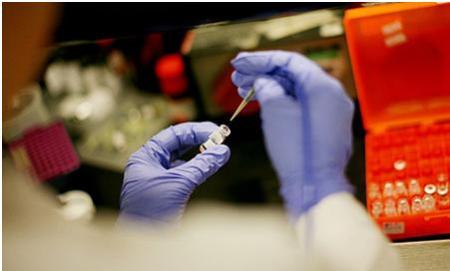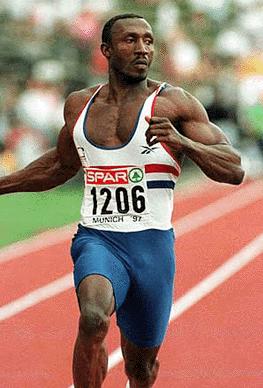
Fastest, strongest, fittest: the Olympic ideal remains undimmed. But what if that ideal was available for purchase from an East European clinic in the form of a bodybuilding drug that leaves no trace?
Well according to Warren Pole of the Daily Mail the possibility has already become a reality. How? Through prescription Health Hormones. In this article, Pole discusses his experience in Russia, and explains just how easy it is to attain them- from his first encounter with Dunca and the girls to Dr Miclea at the Royal Fit clinic of Bucharest.
Whilst here in the UK, this drug can only be attainted through prescription ( and only under severe circumstances), in Russia it seems it’s just as easy to obtain as it is to obtain paracetamol from your local chemist.
Most users love it for its anti-ageing effects: as we get older, we produce less HGH. However, studies have shown that boosting falling levels in adults can have incredible effects. Body fat is burned, lean muscle mass is increased and energy levels and libido are raised. These discoveries are fast making rhGH the ultimate remedy to that most insidious and incurable of afflictions – old age.
So how has it not been mentioned or discovered in professional sport?
It’s everywhere in professional sport,” says Dunca, “Because there’s no danger of being caught.” Indeed, the fact is that not only does GH build strength and speed, it does so invisibly, no doping test can reliably detect its use.
A two-day course of treatment costs £7,850, which includes extensive tests and a six-month supply to be injected daily. So is it worth the risk? According to Dr Miclea, side effects usually only occur when taking large doses, such as swollen ankles, sore wrists and numb hands.
The use of rhGH is becoming far more widespread now,” says Professor Peter Sonksen, one of the world’s leading authorities on growth hormone.
“In America, the market for it is already massive and is growing at a phenomenal rate. Athletes are certainly using it, knowing that 24 hours after they last injected they can submit themselves to a test and it will be negative. The evidence is that abuse is widespread in sport and has been for a very long time.”
“In Sweden, there were even cases where mothers sold growth hormone they’d been given for their children to athletes.”Pole only truly discovered the extent of drug use in professional sport whilst judging a body building contest in Las Vegas- there drug use was the norm as the human body simply cannot reach the freaky size of body buildings top players- unless serious chemicals are used alongside equally serious training.
But, in bodybuilding, drug use is accepted. It’s not condoned but it’s not tested for either. When the benefits of injecting growth hormone began surfacing, bodybuilding picked up the needle before anyone else.
According to reports, six months before the Sydney Olympics in 2000, a pharmaceutical wholesaler in the city was raided. The only thing stolen? Human growth hormone.
Estimates put the amount taken was enough to dope an entire country’s team for six months. So with all this taken in to account, can drugs really be eradicated from professional sport, when most still cannot be detected by the official drug tests? It is unfortunate to think that there are sportsmen/women out there who are using undetected performance enhancing drugs, and getting away with. It is a dishonor to professional sports, and to all those athletes’ who genuinely put in the effort and steer clear of such supplements (although they maybe few and far between).
My question- why bother campaign against the effects of drugs abuse, when it’s already so glamorised in professional sport? It seems to be a contradiction in its self. I just hope by 2012 Olympics, this ‘Olympic drug store’ does not enter Britain along with the rest of out East European competitors.






